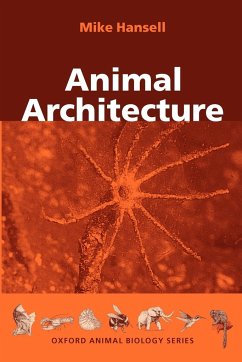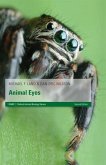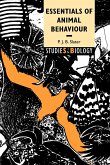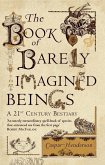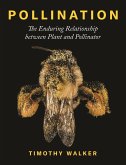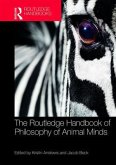As ecosystem engineers, the influence of builders is extensive and their effect is generally to enhance biodiversity through niche construction. Animal builders can therefore represent model species for the study of the emerging subject of environmental inheritance. Evidence that building has facilitated social evolution is mixed. However building, and in particular building with silk, has been demonstrated to have important evolutionary consequences. This book is intended for students and researchers in comparative animal biology, but will also be of relevance and use to the increasing numbers of architects and civil engineers interested in developing ideas from the animal kingdom.
A monograph on the biology of animal building, embracing animal groups from simple invertebrates to primate toolmakers. It looks at the behavioural and anatomical equipment animals have to build, and the nature of the materials available to them. It examines how animal architects are able to produce complex structures often larger than themselves.
Hinweis: Dieser Artikel kann nur an eine deutsche Lieferadresse ausgeliefert werden.
A monograph on the biology of animal building, embracing animal groups from simple invertebrates to primate toolmakers. It looks at the behavioural and anatomical equipment animals have to build, and the nature of the materials available to them. It examines how animal architects are able to produce complex structures often larger than themselves.
Hinweis: Dieser Artikel kann nur an eine deutsche Lieferadresse ausgeliefert werden.

